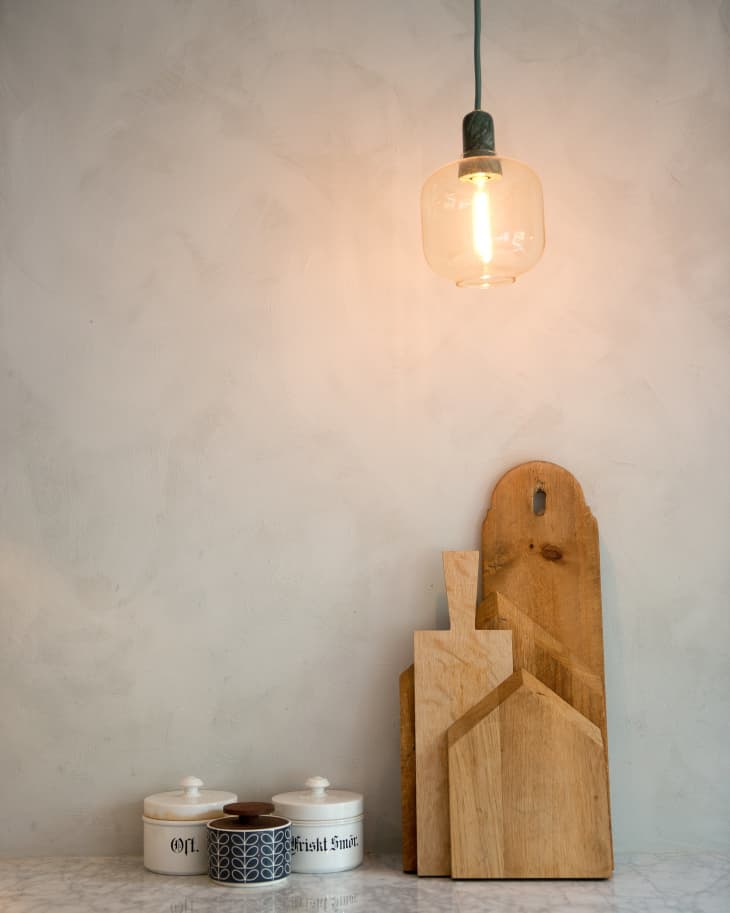How To Oil Wood Cutting Boards and Spoons
Although a good chef’s knife is often the sexiest choice when people are asked to name their most favorite kitchen implement, the truth is, a good knife is nothing without a good board to use it on. If you’re anything like me, your wooden cutting boards are one of your most used and beloved kitchen tools.
Of course, these boards (and similarly, wooden spoons) need some TLC once in a while. Oil them regularly and they’ll never warp or crack. Here’s how to do it.
First: Wood or Plastic? A Personal Choice
I use wooden cutting boards for most of my kitchen prep, which is often very fruit and vegetable-centric. I appreciate wood because it’s the best choice for maintaining a knife edge and I like the way it looks. I find most plastic cutting boards quite ugly, and they get uglier over time as they stain and get roughed up. Eventually plastic boards need to be tossed in the garbage bin, whereas I’ve had some of my wooden cutting boards for more than 10 years. They only get more beautiful with time, especially if well cared for and I often serve food right on my cutting board for a homey, rustic look.
They do take some maintenance, but I don’t mind. In fact, I enjoy the opportunity to tend to and take care of my kitchen tools. I use a mixture of mineral oil and beeswax on my boards (more on that later) and I love the scent of honey that rises up as I rub it in.
Are Plastic Cutting Boards Safer Than Wood?
There have been many tests on whether plastic cutting boards are safer from contamination than wood. Most tests prove that wood can actually be safer, finding that plastic cutting boards have a greater bacterial contamination.
How To Maintain a Wooden Cutting Board (and How Often)
Wooden cutting boards need to be kept clean and daily maintenance is often a good scrub with hot soapy water after using. Do not soak your boards or any other wooden utensils in water or they’ll crack and warp! Some people use a very weak bleach solution or hydrogen peroxide to clean their boards after they’ve been used for cutting raw meat as a precaution against bacterial contamination.
Depending on how often you use your boards and wooden spoons, you should also give them an oiling to help maintain their surface and keep them from drying out. In my house, this happens about once a month but I know some people who do it once or twice a year and others on a weekly basis.
What’s the Best Cutting Board Oil to Use?
The oil you use for your wooden cutting boards and utensils should be food grade and not prone to rancidity. Mineral oil is an inexpensive and popular choice, and you can easily find bottles in most kitchen supply stores. Personally, I use a homemade wooden spoon butter, which has a mixture of beeswax and mineral oil. There are also brand-name cutting board creams and oils available in kitchen supply stores.
Before you start, be sure your boards are very clean. I like to give them a scrub with lemon and salt. The boards should also be dry before oiling, so be sure to build that into your timing. The oil should be left to soak in as long as possible, too. I try to apply the oil in the evening before bed and then just give them a quick wipe the next morning to take off any excess oil.
Make your own spoon butter: How To Make Spoon Butter or Cutting Board Cream Out of Beeswax & Sunflower Oil
How To Oil and Maintain a Wooden Cutting Board and Wooden Utensils
What You Need
- Wooden cutting board, spoons, or other utensils
- Clean, soft cloth or paper towel
- Mineral oil or other food-grade oil or favorite mixture
Instructions
- Clean the wood: You want your cutting board and spoons to be as clean as possible and thoroughly dry. I like to use a half lemon and coarse salt, then wipe it clean, and let it dry thoroughly.
- Apply the oil: Using a clean, soft cloth or paper towel, apply the oil in an even layer over the wood.
- Let it soak in: Leave the oil to soak in, overnight if possible, or for at least a few hours.
- Remove the excess: Using a dry, clean cloth or paper towel, buff off any remaining oil so that the board does not feel damp or sticky.
